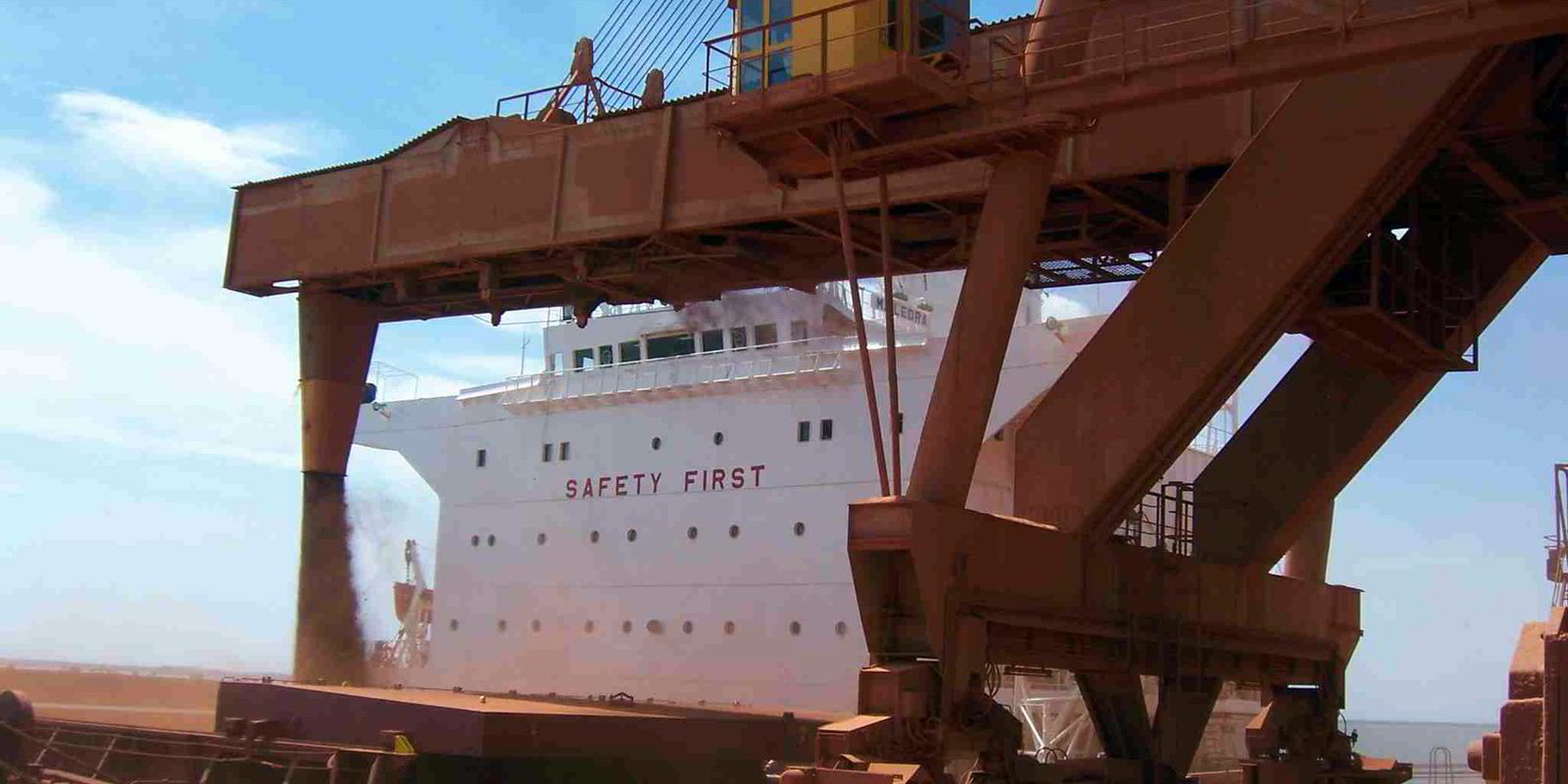While it’s not clear why the 56,000-dwt Bulk Jupiter (built 2006) capsized and sank off Vietnam late last week protection-and-indemnity clubs are urging owners to proceed with caution.
On Monday the American Club issued an alert in which it reminded members about the dangers associated with the carriage of bauxite, which is what the unit was transporting when the casualty occured.
“The vessel was carrying a cargo of bauxite loaded at Kuantan in Malaysia,” the organisation told operators.
“Although it is at present not possible to identify a specific cause, the circumstances, at least as presently understood, are similar to those of previous cases involving cargo liquefaction.
"The liquefaction of bauxite cargo specifically has, indeed, occurred in the past. Such cargoes have been those which, for the most part, have contained a large proportion of very fine material.”
The American Club pointed out that the International Maritime Solid Bulk Cargoes Code lists bauxite as a “Group C” cargo, a designation that suggests the mineral is not prone to liquefaction and doesn’t pose a chemical hazard.
“However, this categorization only applies to bauxite cargoes which have a moisture content between 0% and 10% and which consist of 70% to 90% of lumps with a size between 2.5 mm and 500 mm, and 10% to 30% of powder,” it added.
When any of the properties listed in the appendix of the code for such cargoes are not fulfilled, which could happen if heavy rain at a load part caused moisture content to spike, the club claims carriage is subject to more stringent requirements.
“In short, members intending to carry cargoes of bauxite should be aware of the above and, in particular, that such cargoes are prone to liquefaction in certain circumstances,” the organisation added.
As we reported the Bulk Jupiter sank in bad weather approximately 155 nautical miles (287 kilometres) off Vietnam during a voyage from Malaysia to China. At the time, it was carrying approximately 46,400-tonnes of bauxite.
Only one of the vessel’s crew, which consisted of 19 Filipino seafarers, is known to have survived. Angelito Capindo Rojas, the bulker's cook, was rescued by a Japanese coast guard cutter that responded to a distress call.
Sudden sinkings of bulkers, caused by liquefied mineral cargoes, are frequent in the South China Sea at this time of the year when loading ports in Indonesia and Malaysia are lashed with endless rain as a result of the annual monsoon.
While bauxite is often called a mineral experts note it is actually, technically speaking, a group of aluminum oxides. According to the US Geological Survey, bauxite ore is the world’s primary source of aluminum.
Late last year the chief executive of Pioneer Marine, which operates over two dozen handymax and handysize bulkers, pointed out that he isstarting to notice a spike in demand for tonnage to transport bauxite from West Africa to China.




